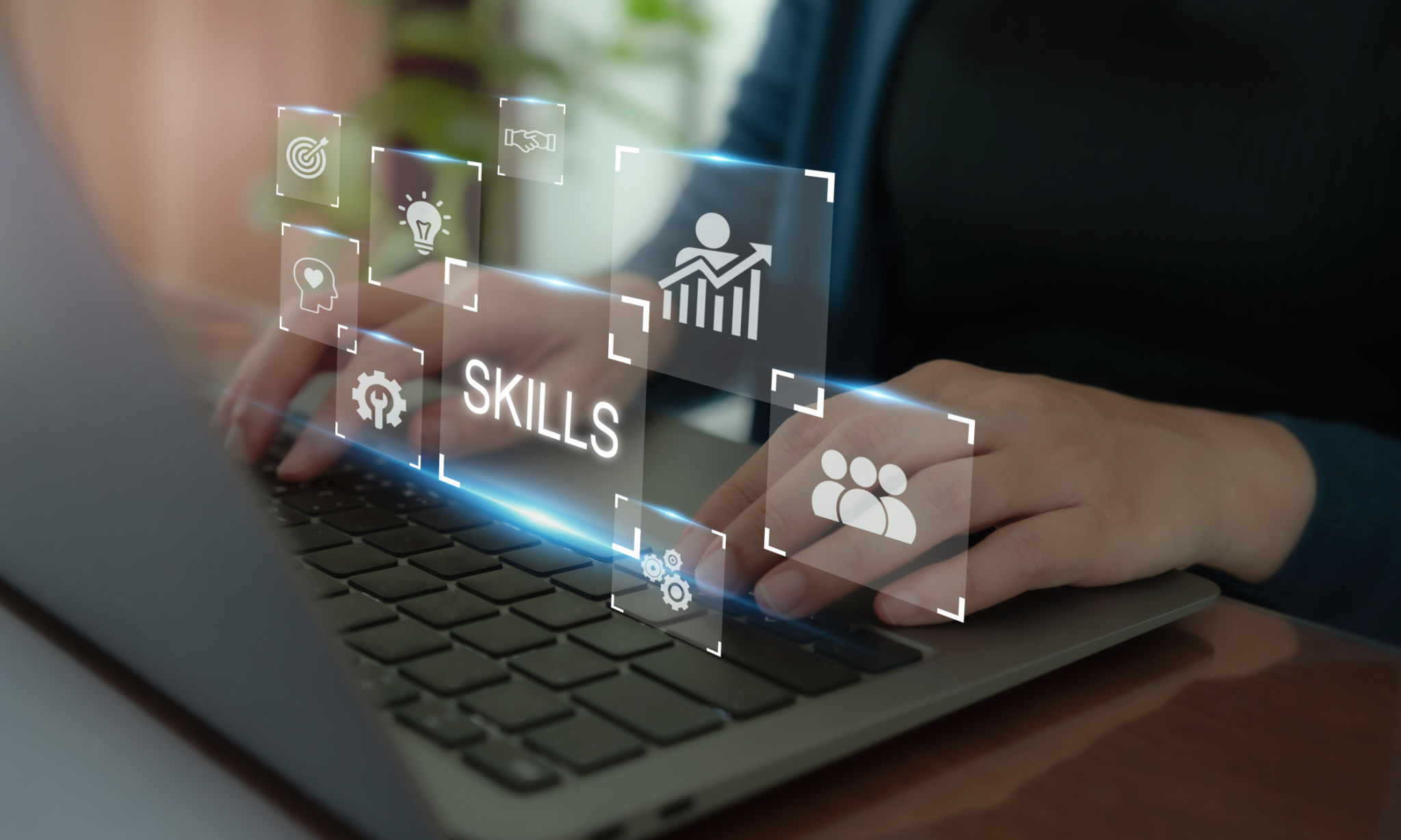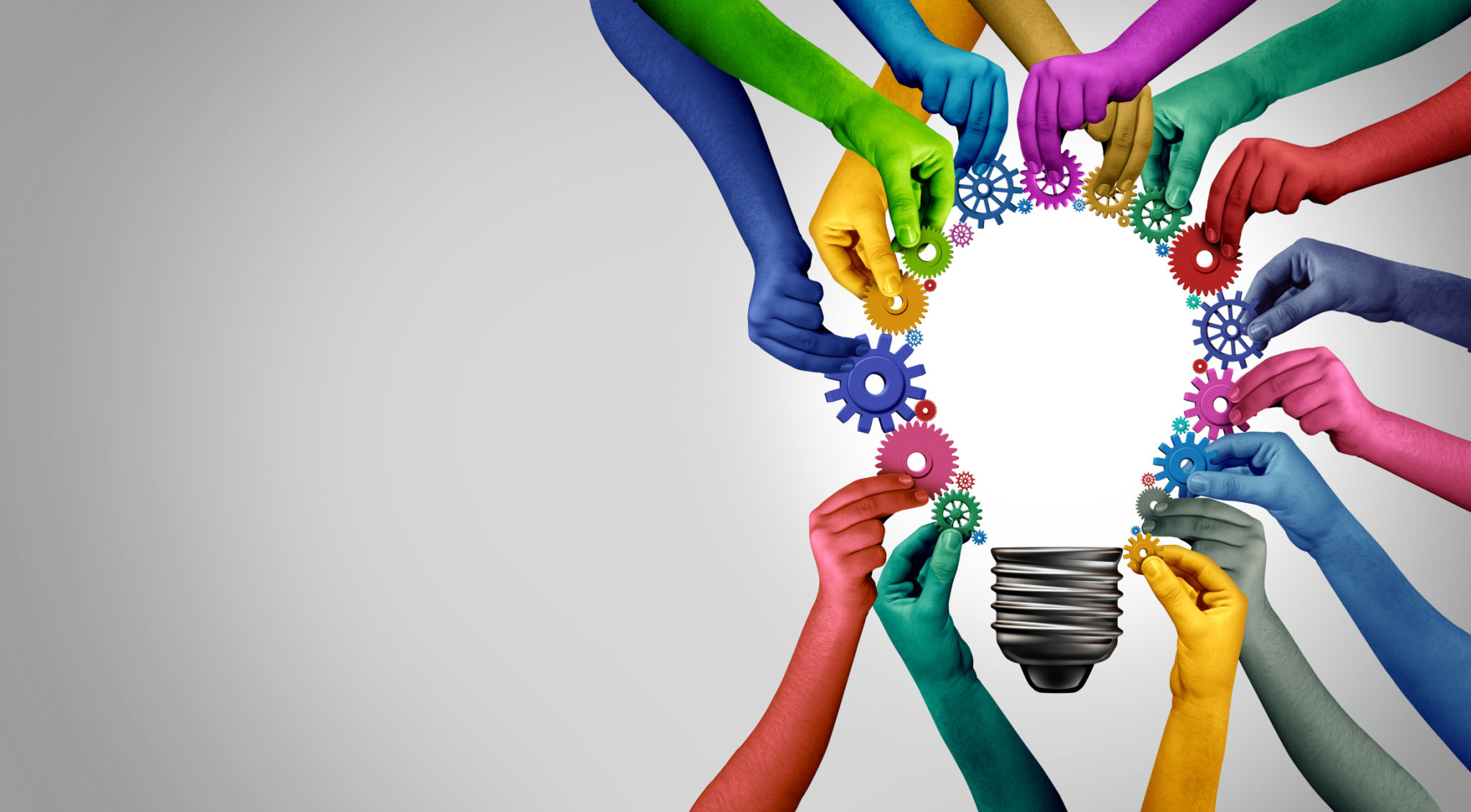DIY Guide to Implementing AI in HR: Steps and Best Practices
Understanding the Role of AI in HR
The integration of Artificial Intelligence (AI) into Human Resources (HR) is revolutionizing the way organizations manage their workforce. AI can streamline recruitment, enhance employee engagement, and improve overall productivity. Understanding its role is crucial for businesses aiming to stay competitive.

AI in HR can handle repetitive tasks, analyze vast amounts of data, and even predict employee behavior patterns. By leveraging AI, HR professionals can focus on strategic planning and personal interactions that machines cannot replicate.
Identifying Your Needs
Before implementing AI, it's essential to identify your organization's specific HR needs. Consider areas like recruitment, performance management, employee retention, or training and development. Assessing these needs helps in choosing the right AI tools that align with your business objectives.
Conduct a thorough analysis of current HR processes to determine where AI can add the most value. This initial step ensures a targeted approach, leading to more effective outcomes.
Choosing the Right AI Tools
Once you've identified your needs, it's time to explore the various AI tools available. There are numerous AI solutions designed for different HR functions. For recruitment, tools that automate resume screening and candidate evaluation are popular. For employee engagement, sentiment analysis tools can be effective.

Consider factors such as ease of integration, user-friendliness, and scalability when selecting AI solutions. Additionally, ensuring that the chosen tools comply with data privacy regulations is imperative.
Implementing AI Solutions
Implementing AI in HR requires a structured approach. Start by setting clear objectives and timelines. Then, form a dedicated team responsible for overseeing the implementation process. This team should include IT specialists, HR professionals, and project managers.
Begin with a pilot program to test the AI tools in a controlled environment. Collect feedback and make necessary adjustments before rolling out the solution across the organization.
Training Your Team
A successful AI implementation depends on how well your team adapts to new technologies. Providing comprehensive training sessions is vital. These should cover both the technical aspects of using AI tools and the strategic benefits they offer.

Empower employees by offering continuous learning opportunities and encouraging them to explore innovative ways AI can enhance their roles. This not only improves efficiency but also boosts morale by involving staff in the transformation process.
Monitoring and Evaluation
Post-implementation, it's critical to monitor the performance of AI systems regularly. Establish KPIs to evaluate their impact on HR metrics such as hiring times, employee satisfaction rates, and turnover rates.
Regular reviews will help in identifying areas for improvement and ensuring that AI continues to meet evolving HR needs. Adjusting strategies based on these insights will maximize the benefits of AI integration.
Best Practices for Sustained Success
For sustained success with AI in HR, foster a culture of innovation within your organization. Encourage open communication and collaboration between teams to explore new ways of leveraging technology.

Stay informed about the latest trends and advancements in AI technology. Continuous learning and adaptation are key to maintaining a competitive edge in an ever-changing business landscape.
